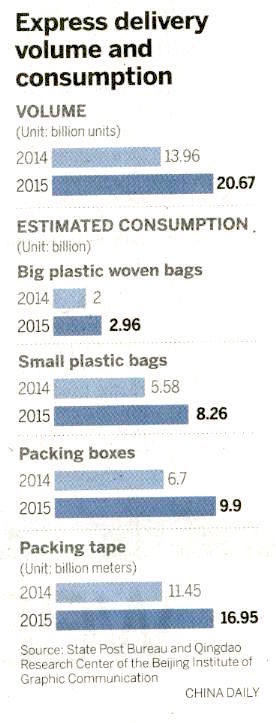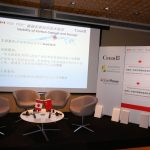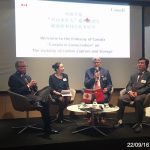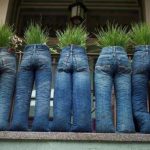Anybody sorts garbage?
As mentioned in my book Toxic Capitalism, we have a big problem in sorting garbage in Beijing, and probably everywhere in China.
Despite the good intentions of the city to provide some marked garbage containers to every household in some buildings, few people do sort garbage and even if they do, the recyclers jump on the building’s garbage containers to remove whatever they are interested in. While that is not that bad, they start messing up the containers and anyway, once the garbage is collected it ends up all together.
Beijing admits a defeat
See article dated 8 November 2016 “Why, after 16 years, is it still so difficult to sort garbage?”, by China Daily:
China Daily article
I quote the full article as it lays bare the problem:
The Beijing Municipal Commission of City Management recently said that some communities will pioneer garbage sorting, with the household waste being collected at different times of the day according to the type of trash it is. However, as Beijing Youth Daily points out, Beijing has been listed as a pioneer city for garbage sorting for 16 years and little progress has been made:
Some communities complain that their residents know little about how to sort garbage. If that’s true, it is really sad news because Beijing was listed as one of eight pioneering cities for garbage sorting in 2000. Why is it so difficult for residents to sort garbage 16 years after it became a policy?
It is unfair to say the government has done nothing. On the contrary, the municipal governments of the eight cities have invested heavily in improving the hardware. In Beijing, Shanghai, and Nanjing, as well as the other five pioneer cities, garbage bins for sorting purposes can be seen in communities. However, people simply put their garbage in them without sorting it.
There are two main problems. First, the municipal governments have not done enough to educate people about how to sort their garbage and what kind of waste should be put into which garbage bin. People have been asked to sort garbage, but nobody has actually shown them how to sort it or explained why it is important for them to do so.
Second, the waste management authorities do not take the matter seriously, either. Even when households do sort their garbage, when the trash trucks come the garbage is simply mixed together and transported away.
Further, the garbage processing industrial chain is far from complete. Most, if not all, of the garbage collected from communities will be burnt or buried, instead of being recycled.
So the solution lies in raising residents’ awareness of the importance of garbage sorting, more strictly ensuring the garbage collectors keep the garbage sorted, and encouraging more people to join the recycling industry. Only with comprehensive measures will garbage sorting become a success.
Worse: toxic waste
If there is a big problem in sorting garbage, worse is how to dispose of “toxic waste”, as I also mentioned in my book.
Toxic waste here: batteries of all kind and printer ink cartridges, just to name the ones I have again collected over the years.
Problem is simple: there is no place to dispose of it. I asked my (Chinese) wife and she also has no idea. Even if there are some isolated collection boxes in supermarkets (never seen any anyway!), they are too small to dispose of the cartridges. As for the energy-saving lamps, I have given up since long and throw them in the garbage. In our compound we do not have any special containers anyway.
So, Beijing citizens and your children, be warned:
“I will soon let you bury my toxic waste into your landfills to pollute the environment for your kids.”
Sorry, no other solution.
































